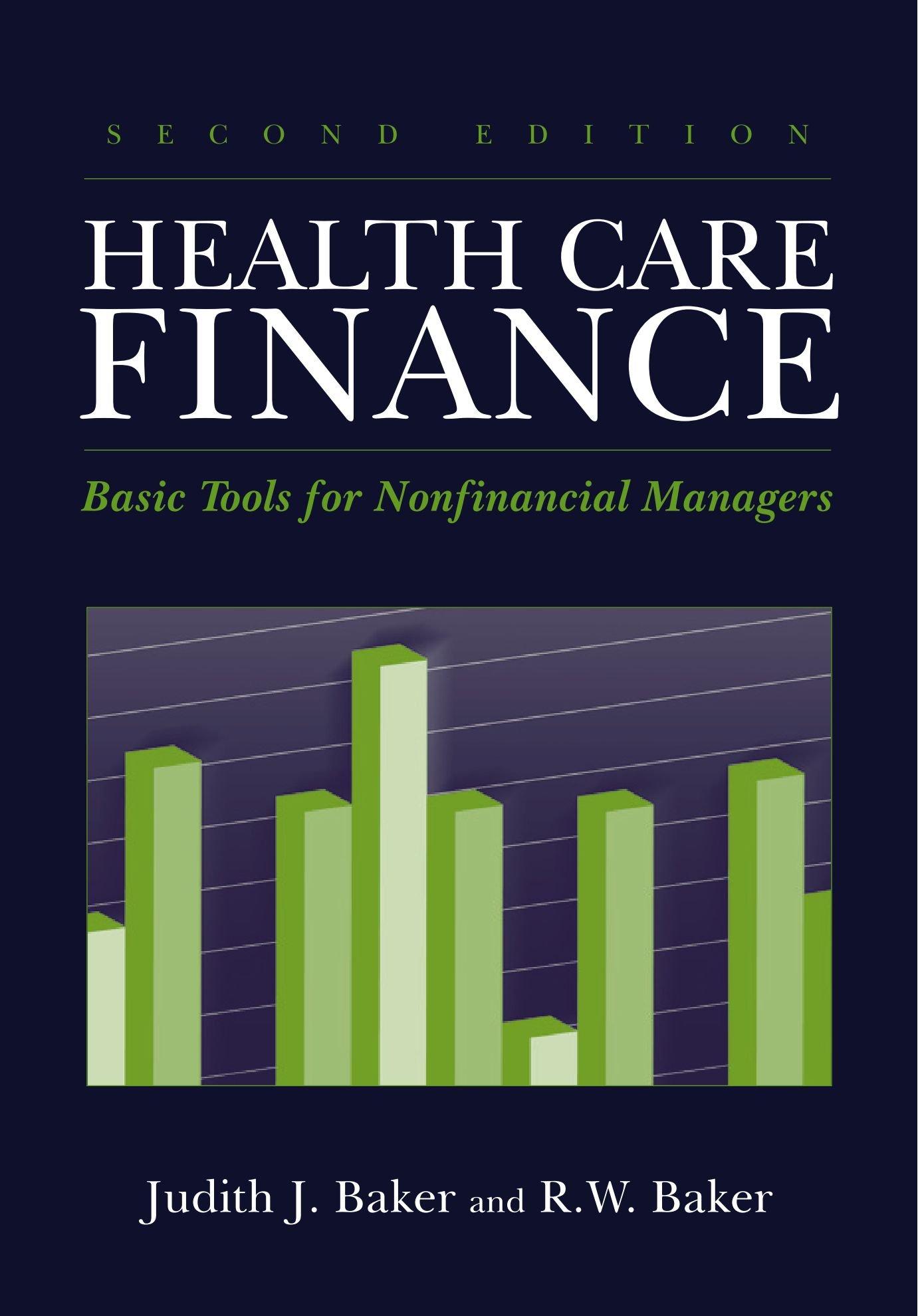Question
Question 1 (2.5 points) Selling a covered call option is comparable to selling a stock short. Question 1 options: a) True b) False Save Question
Question 1 (2.5 points)

Selling a covered call option is comparable to selling a stock short.
Question 1 options:
| a) True | |
| b) False |
Save
Question 2 (2.5 points)

The intrinsic value of a call option is the strike price minus the stock's price.
Question 2 options:
| a) True | |
| b) False |
Save
Question 3 (2.5 points)

An option's intrinsic value exceeds the option's price.
Question 3 options:
| a) True | |
| b) False |
Save
Question 4 (2.5 points)

A warrant is an option issued by a corporation to buy its stock at a specified price within a specified time period.
Question 4 options:
| a) True | |
| b) False |
Save
Question 5 (2.5 points)

Warrants are issued by
Question 5 options:
| |||
| |||
| |||
|
Save
Question 6 (2.5 points)

Since options offer potential leverage, they tend to sell for a time premium.
Question 6 options:
| a) True | |
| b) False |
Save
Question 7 (2.5 points)

The intrinsic value of a put is the price of the stock minus the put's strike price.
Question 7 options:
| a) True | |
| b) False |
Save
Question 8 (2.5 points)

The CBOE is 1. a secondary market in put and call options 2. a division of the SEC that regulated option trading 3. the first organized options exchange
Question 8 options:
| |||
| |||
| |||
|
Save
Question 9 (2.5 points)

Writing covered call options is more risky than writing naked call options
Question 9 options:
| a) True | |
| b) False |
Save
Question 10 (2.5 points)

In addition to put and call options on individual stocks, there are also options on the market as a whole (i.e., an index).
Question 10 options:
| a) True | |
| b) False |
Save
Question 11 (2.5 points)

The protective call strategy is an illustration of a short position.
Question 11 options:
| a) True | |
| b) False |
Save
Question 12 (2.5 points)

To acquire a straddle, the investor
Question 12 options:
| |||
| |||
| |||
|
Save
Question 13 (2.5 points)

If a call is overvalued, put-call parity suggests that the investor should
Question 13 options:
| |||
| |||
| |||
|
Save
Question 14 (2.5 points)

Put-call parity suggests that
Question 14 options:
| |||
| |||
| |||
|
Save
Question 15 (2.5 points)

The hedge ratio is one piece of information given by the Black/Scholes option valuation model.
Question 15 options:
| a) True | |
| b) False |
Save
Question 16 (2.5 points)

Put-call parity suggests that the sum of the prices of a stock, a call and a put on that stock, and a debt instrument maturing at the expiration of the options must equal zero.
Question 16 options:
| a) True | |
| b) False |
Save
Question 17 (2.5 points)

According to the Black/Scholes option valuation model, the value of a call option rises as it approaches expiration.
Question 17 options:
| a) True | |
| b) False |
Save
Question 18 (2.5 points)

According to the Black/Scholes option valuation model, a call option's value increases if
Question 18 options:
| |||
| |||
| |||
|
Save
Question 19 (2.5 points)

If the investor buys a bull spread, the individual anticipates
Question 19 options:
| |||
| |||
| |||
|
Save
Question 20 (2.5 points)

If the investor buys a bear spread, the individual anticipates
Question 20 options:
| |||
| |||
| |||
|
Save
Step by Step Solution
There are 3 Steps involved in it
Step: 1

Get Instant Access to Expert-Tailored Solutions
See step-by-step solutions with expert insights and AI powered tools for academic success
Step: 2

Step: 3

Ace Your Homework with AI
Get the answers you need in no time with our AI-driven, step-by-step assistance
Get Started


